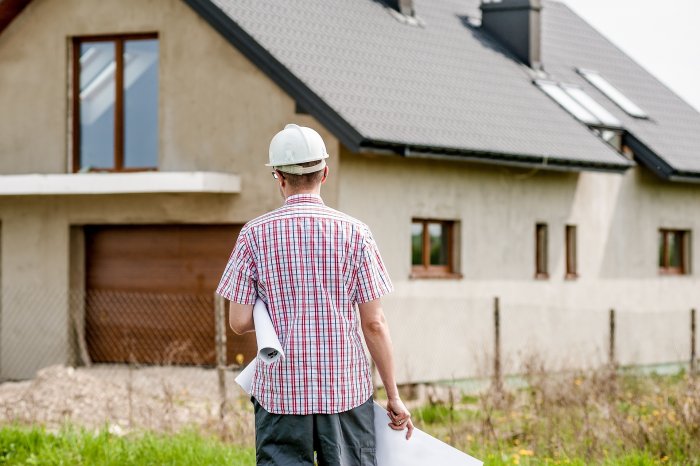Slight Increase in Home Building, Construction Permits in Hungary

Image by Pixabay
In 2022, 20,540 new dwellings were built in Hungary, 3.2% more than a year earlier. Based on issued dwelling construction permits and simple declarations, the number of homes to be built increased by 17% to 35,002 compared to 2021, according to data published by the Central Statistical Office (KSH).
In Budapest, 6,610 dwellings were taken into use, 6.1% fewer than in 2021. The number of new dwellings increased slightly in towns of county rank (11%), decreased in other towns (-3.9%), and increased by almost a quarter in villages (24%) compared to last year.
In the Pest region, the number of new dwellings taken into use fell by a similar ratio as in the capital: 3,800 new dwellings were handed over, a decrease of 7.8%.
Outside the statistically large region of Central Hungary, the number of new dwellings increased everywhere compared to 2021.
There was an outstanding increase in the Southern Great Plain region (30%), where almost half of the nearly 2,000 new dwellings were put into use in the regional center. The 2,700 new dwellings in the Western Transdanubia region represent a 3.1% increase compared to last year. At the same time, just over 600 dwellings were built in Northern Hungary, which showed a similar rate of growth from a low base. In the other regions of the country, the number of new dwellings ranged between 1,300 and 1,800, representing an increase of around 20% in each region.
The share of dwellings built by natural persons increased from 35% to 39%, while the share built by businesses decreased from 64% to 60% compared to 2021.
Some 49% of the new dwellings put into use in new residential buildings are in detached houses, 39% in multi-story, multi-dwelling buildings, and 9% in residents’ parks.
The average floor area of dwellings put into use increased by 5.4 sqm to 96.1 sqm compared to 2021.
In 2022, the number of construction permits issued exceeded the number of dwellings put to use by 14,462, an increase of 44% compared to the difference in the previous year.
Behind the national increase in the number of construction permits, there are sharply diverging territorial trends, KSH notes. Compared to the previous year, the number of permits increased by almost two and a half times in Budapest but decreased in all other settlement categories: by 5.6% in towns of county rank, by 16% in other towns, and by 11% in villages.
Outside the capital, only one region, Western Transdanubia, saw an increase in the number of dwellings to be built, up 14% on the previous year.
Builders made use of the simple declaration option in 46% of cases. This rate is lowest in Budapest at 11% and highest in villages at 85%.
SUPPORT THE BUDAPEST BUSINESS JOURNAL
Producing journalism that is worthy of the name is a costly business. For 27 years, the publishers, editors and reporters of the Budapest Business Journal have striven to bring you business news that works, information that you can trust, that is factual, accurate and presented without fear or favor.
Newspaper organizations across the globe have struggled to find a business model that allows them to continue to excel, without compromising their ability to perform. Most recently, some have experimented with the idea of involving their most important stakeholders, their readers.
We would like to offer that same opportunity to our readers. We would like to invite you to help us deliver the quality business journalism you require. Hit our Support the BBJ button and you can choose the how much and how often you send us your contributions.










